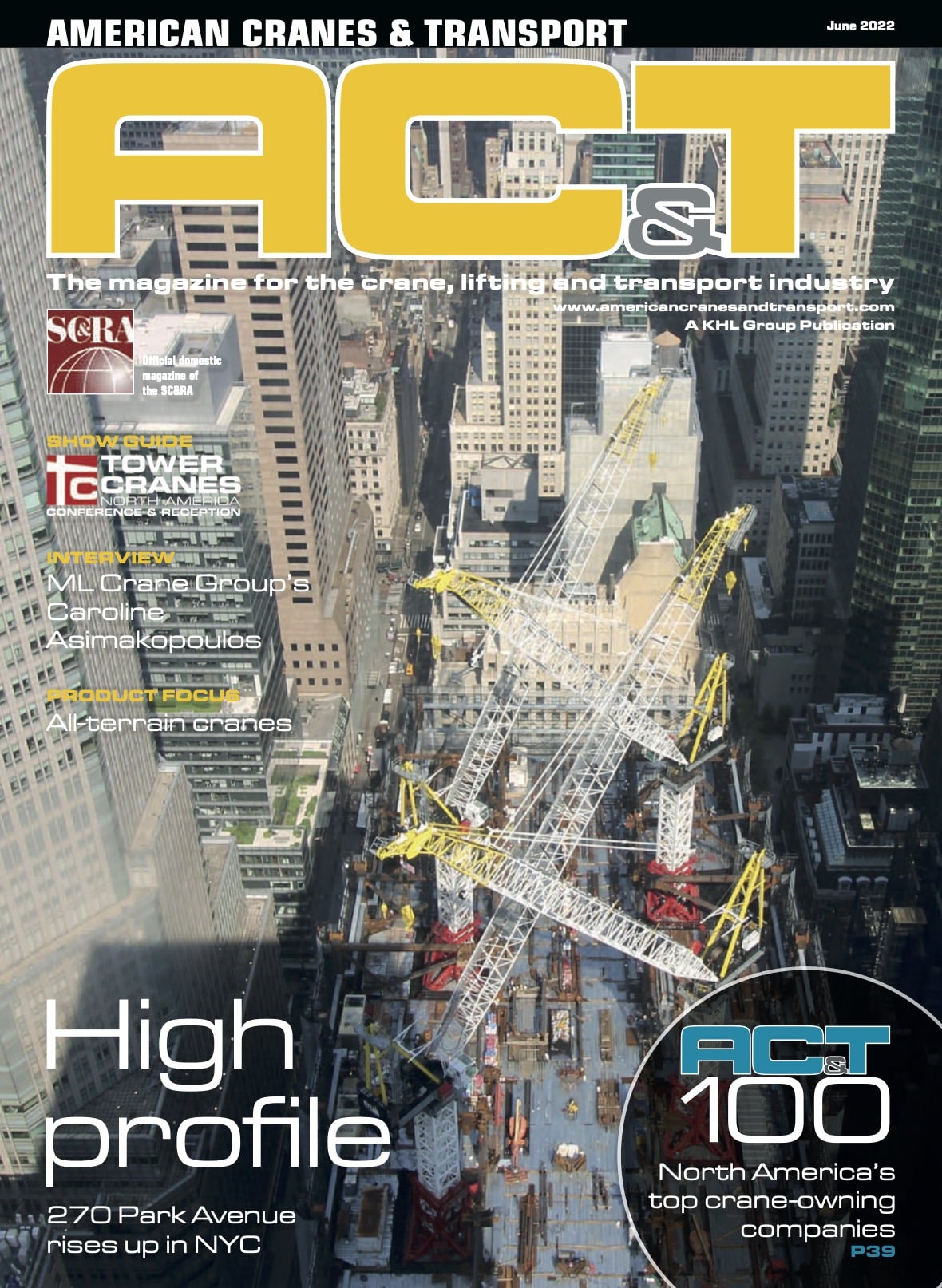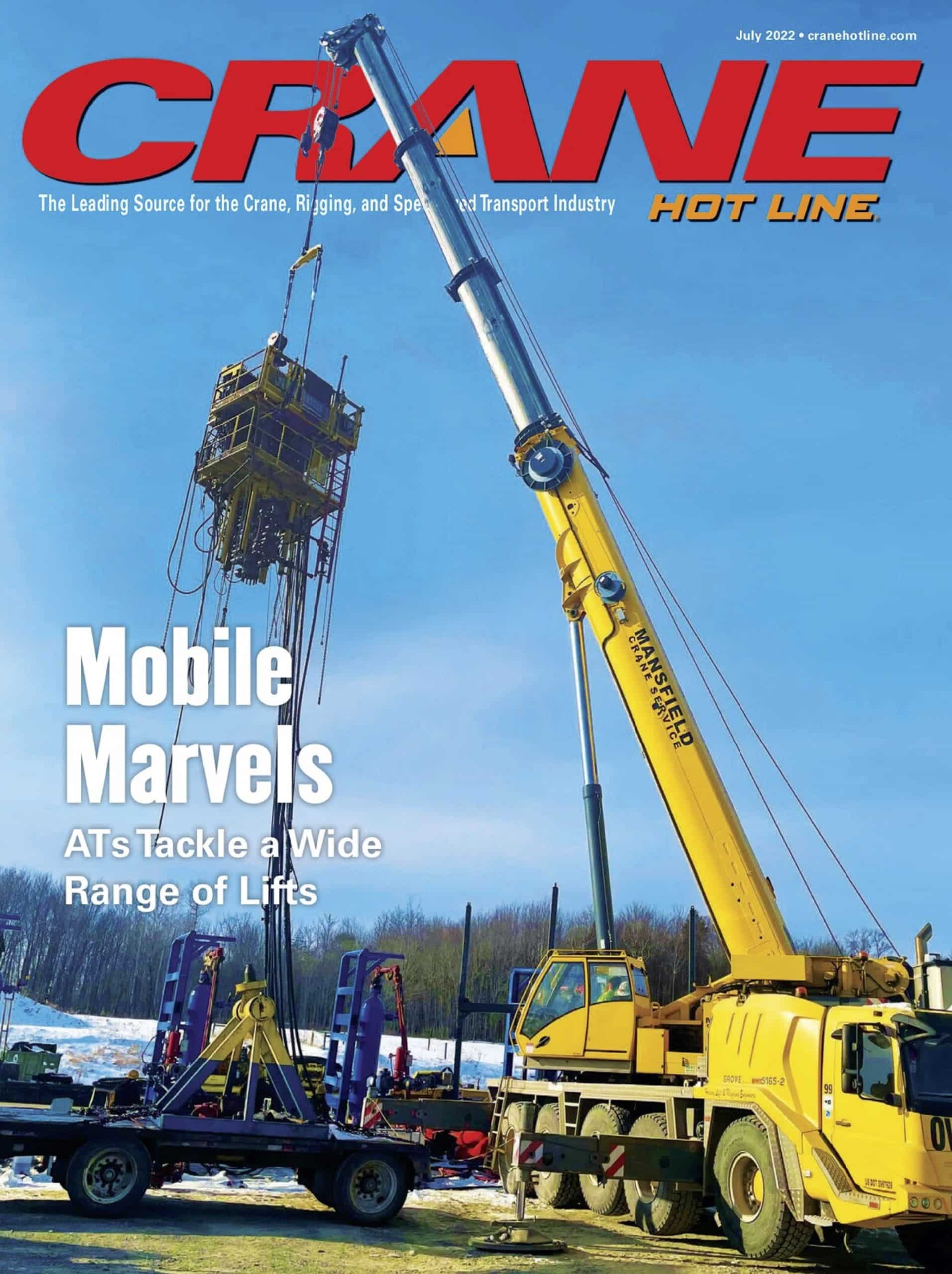Construction projects involve countless logistics and details. One of the biggest calculations affecting any construction project is the crane load capacity. Determining the crane load capacity ensures a safe work environment and allows the project to proceed smoothly. You may need to find the Crane Capacity index for the load chart. To calculate the crane capacity index, use this formula: (Average (radius x max (lifting height x capacity))) / 100. Let’s take a look at how these variables can affect your specific project.
Dimensions and Weight
The load chart shows the crane dimensions, as well as the data for the outriggers, transport weight, and steering dimensions. This information is important if you’re working in a tight space since the lifting capacity depends on the use of the outriggers. Also, the transport weight affects which trailer to use, how to load the crane onto the trailer, the transportation route, and the type of permit to get for the job. When looking at the load chart, the first number along the top axis is the gross vehicle weight. The other columns indicate the weight load for each axle.
Lift Capacity
The legend on the chart shows the specific lift the crane needs to do. To graph out the lift, the feet on the left axis represent the radius (or distance) from the center pin to the center of the load. Remember to always measure the maximum capacity by the shortest lift, which is usually over the rear of the crane with the outriggers fully extended.
Lift Range, Lift Angle, and Crane in Motion
A range diagram typically includes lift charts to illustrate how much boom length is necessary to lift loads at any distance or height. The lift angle refers to the maximum lift when using a luffing or fixed jib. The term “crane in motion” refers to the pick and carry of the crane. The load chart illustrates the total weight picked up at a 360-degree angle while stationary. The total weight can support both the rolling load at a zero-degree angle and the total weight while moving.
At NessCampbell Crane + Rigging, we offer the best crane service in Portland, Oregon. Call (503) 283-3111 today to discuss your project goals.






